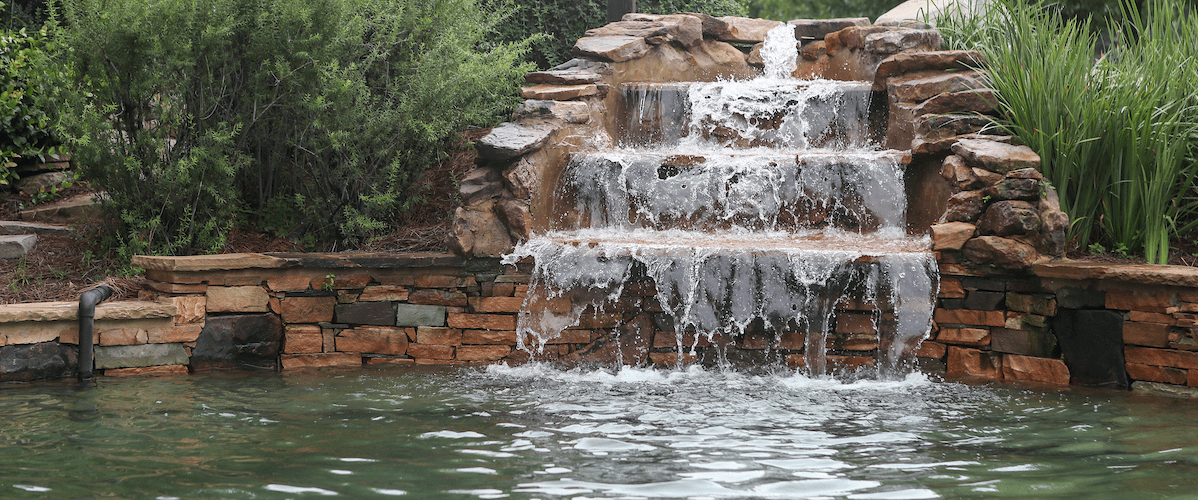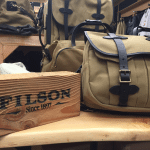Special Feature
presented by: DSLD Land Management
Just because your home has shady spots doesn’t mean that you can’t cultivate beautiful landscapes in those areas. It takes some time and planning, but when done right, shade gardens can reward you with beautiful colors and distinct foliage. Follow these five tips to build a gorgeous shade garden that is sure to enhance the rest of your yard.
1.Analyze your shade. Not all shade was created equal. The hard shade cast by a building is completely different from the soft shade of a tree. Shade also shifts over the course of the day, over a season, and through the life of a tree. It is important to recognize what kind of shade your yard gets as you start planning your garden, as some types of shade are suitable for growing plants, while others can be problematic. In general, most shade-tolerant plants prefer four or fewer hours of full sun, preferably in the morning or evening hours; soft, dappled shade all day; or high, shifting shade, like the shade cast by a pine tree.
2.Avoid grass. Though some may be labelled “shade-tolerant,” most varieties of lawn grass struggle in the shade. Without enough light, grass will yellow and fade, leaving you with an ugly patch in what might be an otherwise beautiful garden. Instead of grass, consider opting for groundcover or foliage plants.
3.Incorporate foliage and groundcover plants. Foliage and groundcover plants are often more shade tolerant than other plants. Choosing foliage plants like hostas and ferns are a great way to fill out a shady spot with a plant that can thrive in deep shade and moist soil. Groundcover plants like sweet woodruff or brass buttons are a great alternative to grass. They can cover larger areas of your yard like grass can, but do better in shade than grass.
4.Add a pop of color. Just because your garden is in the shade doesn’t mean it has to be low on color. There are plenty of bright colored plants, like hydrangeas and heucheras that do well in shady spots. And a bonus is that hydrangeas need a little shade to show off their best colors, especially in hot Southern regions like Alabama. A great rule of thumb to maximize color in your shade garden is to use light-colored flowers, as dark flowers don’t show up as well in the shade.
5.Consider creating an outdoor living space. Shady spots in your yard can offer you a relaxing oasis. Once you’ve filled out your shade garden with foliage plants, groundcover, and colorful shade-tolerant plants, think about adding a bench and maybe even a birdbath to create an inviting outdoor space to enjoy God’s great outdoors.

 David Sharp, Owner DSLD Land Management
David Sharp, Owner DSLD Land Management
Bringing quality and value to Birmingham homes since 1983.
205-437-1012, www.dsldland.com








